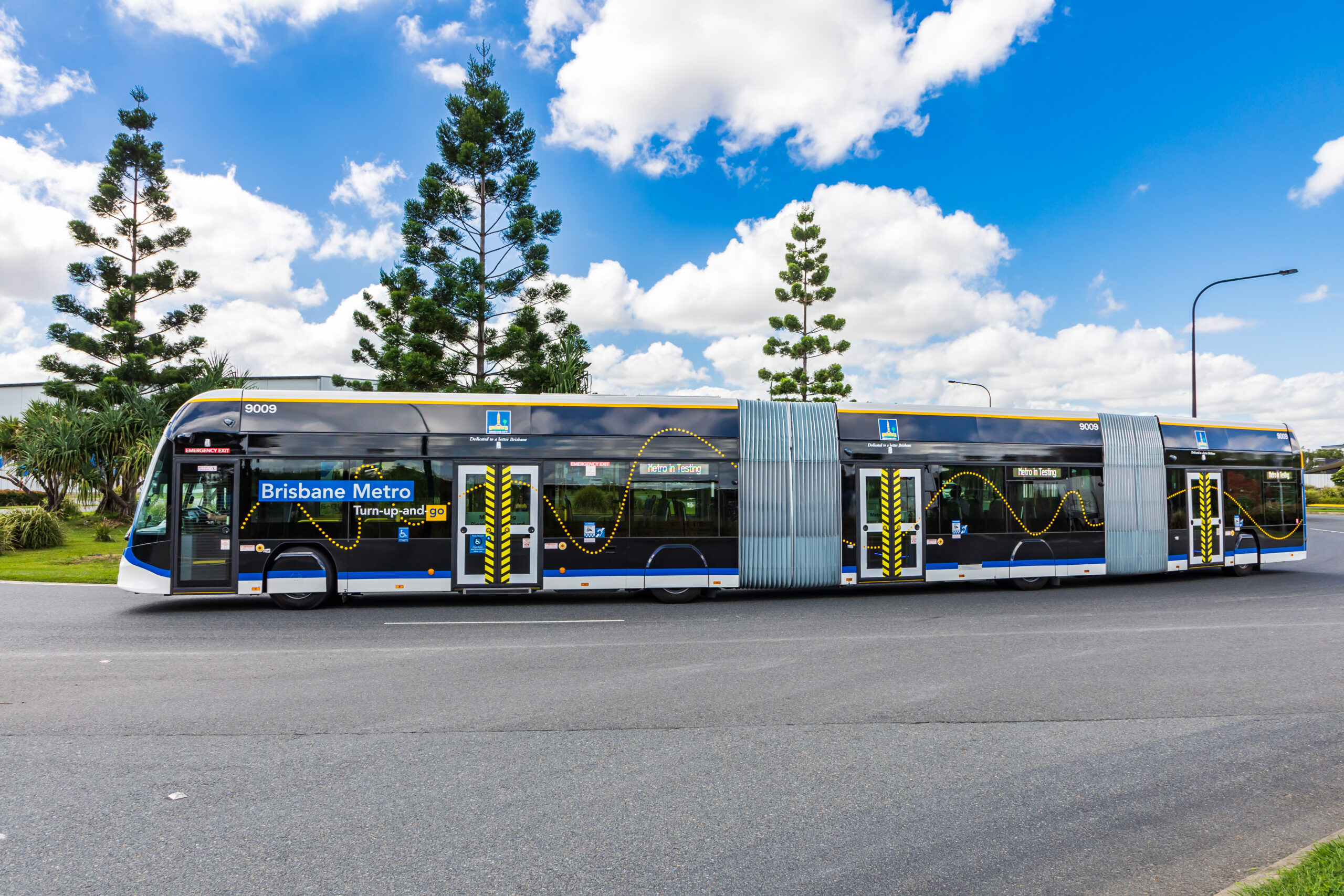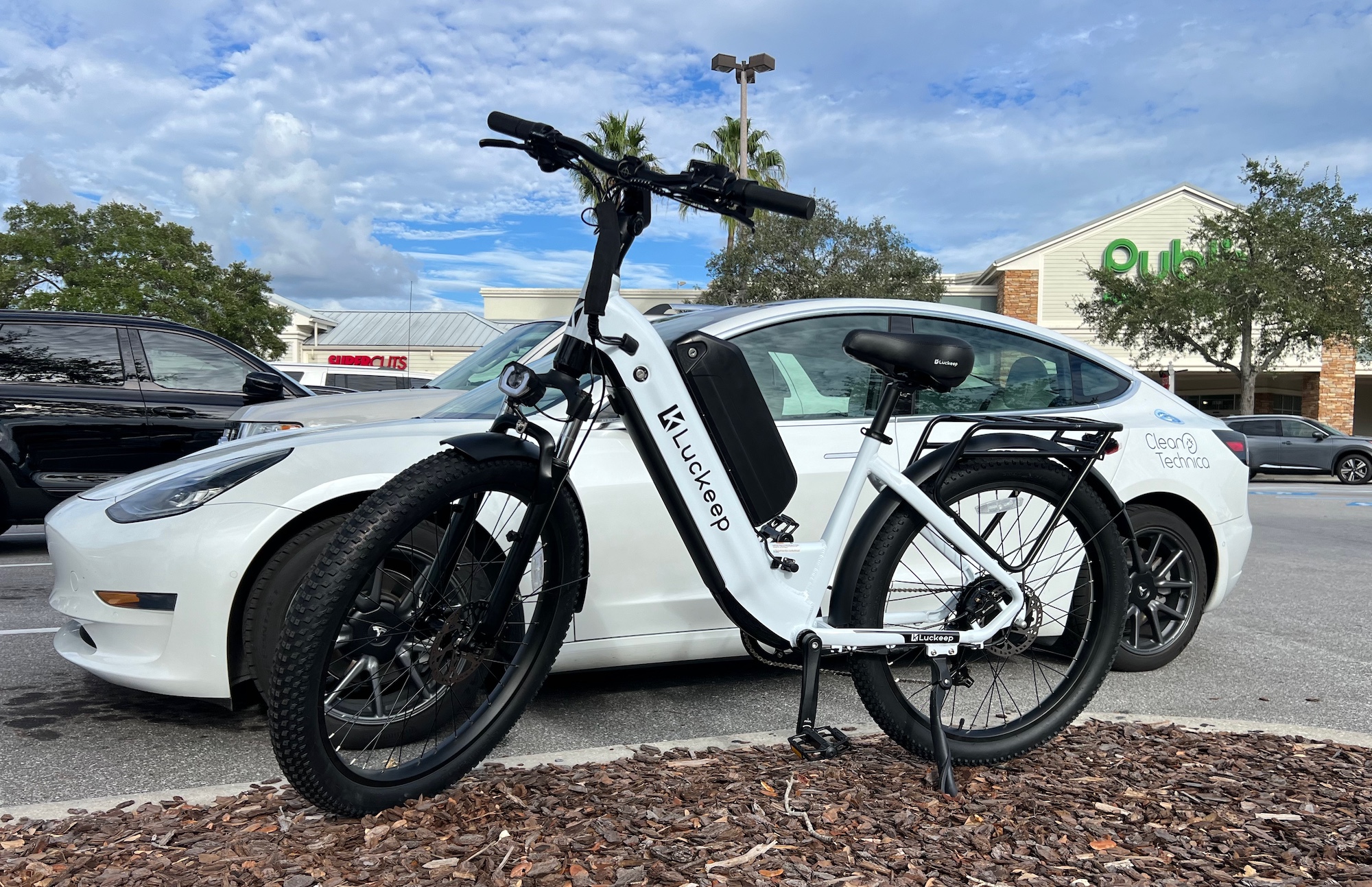Sign up for daily news updates from CleanTechnica on email. Or follow us on Google News!
Teo and Emily Valdés live in Philadelphia with two small children. When they returned from vacation recently, they discovered the family car had been stolen. That’s when they made a bold decision — to live without owning a car. According to the Washington Post, only 8.4% of US households have no car, and just 33% have only one.
Despite the explosion of alternatives to vehicle ownership — car-sharing platforms, ride-hailing apps such as Uber and Lyft, autonomous taxis, and an assortment of micro-mobility options such as electric scooters to e-bikes — none have made a dent. “It just doesn’t budge,” said Steven Polzin, a research professor at Arizona State University’s School of Sustainable Engineering and the Built Environment, referring to the percentage of families with one or more cars. “The freedom and flexibility of having your own vehicle is just unrivaled.”
But that is not true everywhere. In cities, some people are embracing the car-free or one-car lifestyle. Washington Post columnist Michael Coren wanted to know what factors were involved in deciding to live car-free or with only one car, so he decided to look into the phenomenon a little deeper. “I found it is not just choosing how you want to live. It’s where you live,” he says.
The Politics Of The Private Car
Politics has a lot to do with it. Until recently, 70% of federal transportation dollars went to highways, while almost none went to walking and biking. Public transit received only 20% of the available funds. Roughly 80% of public space in cities is devoted to streets. All the things in America that make driving easier, ultimately make not driving more difficult, Coren concluded.
For many people, driving is not an option. It’s a necessity dictated by the way this country was built. Car ownership helps determine who succeeds, or fails, in America. Since 1960, households without cars have gotten steadily poorer, a 2019 study found, even as overall poverty rates have fallen. One study of low income Americans in subsidized housing a decade ago pointed to a key reason — car owners were four times more likely to keep their jobs than those who had no car. “America’s built environment … forces people to either spend heavily on cars or risk being locked out of the economy,” the author of that study wrote. “Anyone who can acquire a vehicle will, even if doing so is financially burdensome.”
The only place this isn’t true in the United States is New York City, where about half of households don’t own cars. That’s thanks in part to billions of dollars poured back into a pre-World War II transit system and how much more expensive it is to own and operate a car there compared with the US average of $12,182, according to the US Bureau of Transportation Statistics. “In just about any other city,” writes David King of Arizona State University, “you will be economically harmed by not having a car.”
Coren asked Ram Pendyala, the director of ASU’s School of Sustainable Engineering and the Built Environment, about the narrative that people are driving less — Gen Z favors phones over cars, kids aren’t getting their driver’s licenses, remote work has reduced the commute. “That narrative is false,” he said. Many of those millennials supposedly without cars actually live in three- or four-car households and drive their parents’ cars. While it is true that younger Americans aren’t getting their driver’s license as early as their parents did, that trend is starting to turn around. “As a nation, we have not moved the needle in two decades,” says Pendyala, “despite the many, many attempts, policies, and investments … aimed at reducing car ownership and car use, and enhancing transit and non-motorized [transportation].”
Living Without A Car
At first, the idea of living without a car seemed daunting to Teo and Emily. They worried about how they would transport their small children or go grocery shopping. Yet they adapted quickly. Instead of one big weekly trip in a car for groceries, they now shop more often when it’s convenient with simple foldable panniers that hook onto their bicycles and store easily. Philadelphia’s bus and subway systems deliver them to most of the places they need to go. Ride-hailing and rental cars reach the rest. To transport the kids, they downsized their stroller to use on the bus and swapped out bulky car seats for safety-tested restraint vests when cars were needed.
The benefits surprised them. “We have definitely found we enjoy being outside, even when it’s cold or raining,” said Teo. “It’s good for our mental health. … I feel it hasn’t been that hard.” Emily found their family interactions improved. “Our commute time with the kids is a lot more quality time,” said Emily. “Between strollers, scooters and walking, it’s more together family time than when you have the kid in the back of the seat in a car and you’re not really engaging with them.” For now, they have no plans to buy a car. “After having lived like this, our ideas around how much we use the car and what kind of car we would want would be different,” said Emily.
Location, Location, Location
What Teo and Emily are doing is only possible for those who live in places where the transportation infrastructure supports a car-free lifestyle. For them, Philadelphia is perfect, with its walkable neighborhoods, mixed zoning, relatively affordable homes, and ready access to public transportation. “It is absolutely our access to living in a place that is served by public transit and this density that allows us to live this way,” said Teo. But Philadelphia is the exception. Most of the people Coren spoke to on this topic who have adopted a no-car or one-car lifestyle have flexible or remote working arrangements.
Those who prefer to ride bicycles are most comfortable if they have access to safe, protected bike lanes, something most communities have yet to build. Painted lines on the pavement do little to stop a car or truck from wandering into an unprotected bike lane. Making changes to city environments will likely take a generation or more, Pendyala said. And of course, those who live in suburban or rural areas have fewer opportunities to pursue a car-free lifestyle than city dwellers.
The Takeaway
The allure of being able to go wherever we want, whenever we want to go there, has been part of the mystique of the automobile for nearly 150 years. It is thrilling in a way to know there are 300 horses just waiting under the hood for the command to move forward. For all the brouhaha about self-driving cars today, being able to steer your own car along any path you choose is empowering. It’s hard to give that sense of control and entitlement up. But ultimately, we may have no choice but to adjust our transportation habits if we wish to continue living in a sustainable world.
The automobile is a powerful social and economic force that is deeply embedded in our psyches. Are there practical, realistic alternatives? What would a reduction in private car ownership mean to the auto industry and the economies of countries where manufacturing vehicles is big business? Would people be willing to forego living in the suburbs if it meant they could remove a $12,182 financial obligation from their family budget? What could you do that you can’t do know if you had an extra thousand dollars a month to spend?
There is a lot of arguing online today about whether electric cars are too expensive or depreciate too fast, but don’t be fooled into thinking any car is cheap to own. There are more than 130 million households in America today. If all of them ditched their private cars and trucks, they would have $1,560,000,000 more dollars to spend each year. Food for thought, no?

Have a tip for CleanTechnica? Want to advertise? Want to suggest a guest for our CleanTech Talk podcast? Contact us here.
Latest CleanTechnica.TV Videos
CleanTechnica uses affiliate links. See our policy here.
CleanTechnica’s Comment Policy





